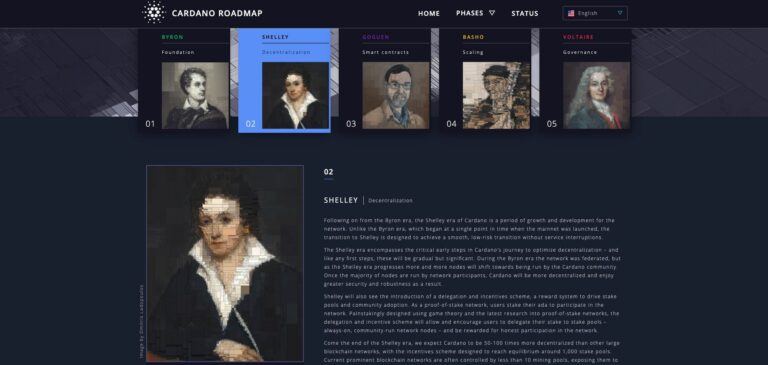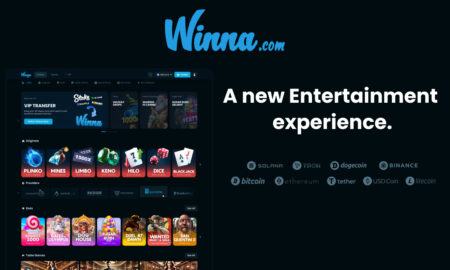This article attempts to answer any questions you may have regarding Cardano’s upcoming Shelley network upgrade (aka “hard fork“).
Q: What Is the Purpose of the Shelley Hard Fork?
A: According to IOHK, the company developing the Cardano (ADA) protocol, the Shelley phase in Cardano’s development roadmap is all about decentralization:
“The Shelley era encompasses the critical early steps in Cardano’s journey to optimize decentralization – and like any first steps, these will be gradual but significant. During the Byron era the network was federated, but as the Shelley era progresses more and more nodes will shift towards being run by the Cardano community. Once the majority of nodes are run by network participants, Cardano will be more decentralized and enjoy greater security and robustness as a result.
“Shelley will also see the introduction of a delegation and incentives scheme, a reward system to drive stake pools and community adoption. As a proof-of-stake network, users stake their ada to participate in the network. Painstakingly designed using game theory and the latest research into proof-of-stake networks, the delegation and incentive scheme will allow and encourage users to delegate their stake to stake pools – always-on, community-run network nodes – and be rewarded for honest participation in the network.
“Come the end of the Shelley era, we expect Cardano to be 50-100 times more decentralized than other large blockchain networks, with the incentives scheme designed to reach equilibrium around 1,000 stake pools. Current prominent blockchain networks are often controlled by less than 10 mining pools, exposing them to serious risk of compromise by malicious behavior – something which Cardano avoids with a system inherently designed to encourage greater decentralization. Not only that, but the entire Cardano network runs at a fraction of the power cost of equivalent proof-of-work blockchains, using the electricity equivalent of a single house, rather than a small country.”
Q: When Is the Shelley Hard Fork Happening?
A: Assuming everything goes well, the hard fork should take place at 21:44:51 UTC on 29 July 2020.
Q: If I Hold my ADA on a Centralized Crypto Exchange, Is There Anything I Need to Do Before the Hard Fork Takes Place?
A: No. There is no token/coin swap to worry about. After the hard fork, the Cardano mainnet will be running the Shelley software (instead of the Byron version of the blockchain). As soon as the exchange where you are holding your ADA upgrades their infrastructure to be Shelley-compatible, you will be able to access your ADA.
Q: What If I Am Holding My ADA in the Daedalus Wallet?
A: Simply download the new Shelly-compatible version of Daedalus as soon as it has been released. The wallet that hold your existing ADA will be marked as “legacy” (i.e. Byron) wallets. Therefore, you will have to create a new Shelley wallet and transfer those funds to this new wallet.
Q: What About Stake Pools?
A: Within a few hours after the hard fork has been completed, pool registrations should be enabled. A few hours after that, these pools should show up in Daedalus.
Q: How Soon Can I Start Delegating and Staking?
A: As soon as a stake pool has been registered and become visible.
Q: What If I Have Other Questions That Have Not Been Answered Here?
A: In the case, please refer to the Shelley Hard Fork FAQ guide linked to in the following tweet by IOHK:








